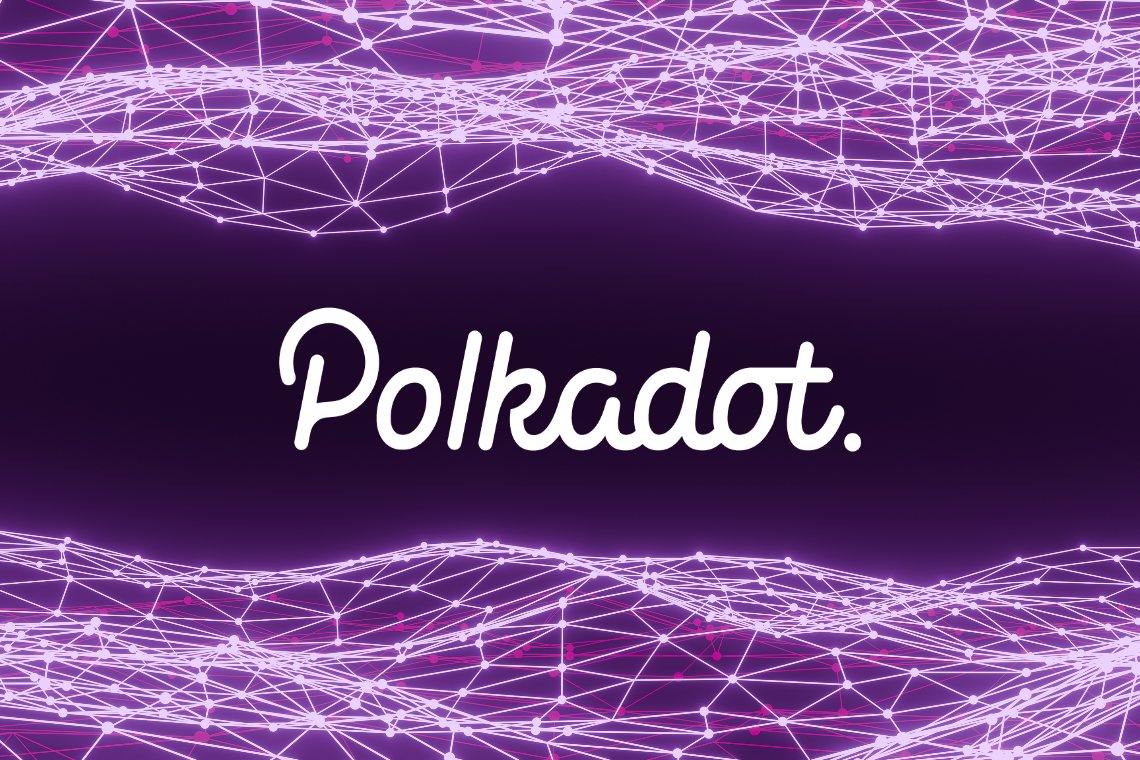One of the most discussed and highly anticipated alternatives of Ethereum is Polkadot and the projects built on it. Polkadot is a low latency, high throughput blockchain that uses sharding mechanisms to offer faster and cheaper interactions.
As a smart contract platform, it may seem that Polkadot wants to compete against Ethereum, but rather, it intends to complement it. With over 350 projects and counting using Polkadot as the framework for their dApps, its ecosystem is brimming over with innovative startups and smart solutions. Let’s go over five of the best Polkadot-based applications to watch in 2021.
Kusama among Polkadot projects
The first project whose star is in the ascendency is Kusama, a blockchain protocol developed by the same team behind Polkadot. As Polkadot prepares for its slot auction, giving projects access to parachains on the platform, Kusama is coming in handy as a secondary ‘practice’ network. Powered by the KSM cryptocurrency, Kusama offers the same infrastructure that developers can utilize on Polkadot, allowing for developers to test their projects on a suitable mainnet.
Polkadot currently offers a testnet, called Rococo, but Kusama provides a more practical and live experience. As a live distributed ledger technology environment, Kusama enables teams to experience a Polkadot-style parachain, coming together with governance, staking, and validation testing in a real setting.
Splyt
Since its inception, the e-commerce industry has been under centralized control. Within the existing infrastructure, entities can work with one another, but it is impossible for an outside party to involve themselves in the production or sales process. Splyt is introducing a unique solution that will enable anyone to participate in e-commerce sales through NFT-powered decentralized markets.
Splyt assigns unique ‘eNFTs’ to any e-commerce product, putting the entire lifecycle of items on the blockchain. With this system, anyone can become a sales affiliate and sell the product to an end customer. The buyer will then receive the end product as well as the NFT it’s represented by, allowing proving its provenance and authenticity. This empowers merchants and influencers, allowing both to target a broader audience and maximize profits.
RioChain
Developed by RioDeFi, RioChain is a defi-focused blockchain touting platform-agnostic interoperability, high scalability, fast transactions, and low fees. RioChain acts as a bridge between centralized exchanges, decentralized exchanges, and competing blockchains, allowing users to access the entire defi spectrum across networks. RioChain offers mobile and web wallets that enable users to access any digital asset in the ecosystem and easily interact with any RioChain applications directly within the wallet. RioChain offers its users accessible and transparent saving platforms, stablecoin loan options, and e-commerce choices across centralized and decentralized networks.
Polkastarter
Polkastarter is a fundraising protocol built on Polkadot, allowing its users fair and equal access to new investment opportunities. If a user is a holder of the Polkastarter cryptocurrency, POLS, they can gain access to new blockchain investments before the general public. Considering many up-and-coming projects tend to explode once they hit the open market, Polkastarter allows greater financial community involvement in a project without compromising fairness. Polkastarter benefits development teams and investors, allowing for easy investment access and the creation of a more robust project community.
Bridge Mutual
With the influx of defi applications and users, more hackers than ever are looking for ways to manipulate networks and steal funds. This is where Bridge Mutual comes in, a decentralized risk coverage platform that allows users to take out insurance-like claims against potential hacks and vulnerabilities. Bridge Mutual is able to offer coverage to stablecoins, cryptocurrency exchanges, and smart contracts, with the implementation of risk coverage for inaccurate oracle information likely to come soon. Hundreds of millions of dollars have been stolen from exchanges throughout the years; now, users can protect themselves when trading onchain. Since this is decentralized finance, Bridge Mutual is peer-to-peer, meaning users can earn interest from giving out loans.
A number of interesting characteristics make Bridge Mutual superior to traditional risk coverage platforms. When funds are idly sitting in pools, which they will be until someone claims their coverage, Bridge uses the assets in other defi platforms, such as lending and staking, to generate additional yield for BMI holders, the network’s currency. With Polkadot’s interoperability, Bridge Mutual hopes to expand and offer coverage to many different blockchains and their applications.
Polkaswap
The final project we will cover is Polkaswap, Polkadot’s solution to Uniswap. Polkaswap is a decentralized exchange and automated market maker, allowing anyone to provide platform liquidity and trade without third-party oversight. Uniswap has quickly become the most popular DEX on the market, generating billions of dollars in trading volumes. Still, the trading fees are getting excessively high as the Ethereum blockchain is clogged with transactions. To offer a similar but competing service, Polkaswap accomplishes everything Uniswap can but on a much cheaper and faster blockchain. As a cross-chain DEX, it will also have access to liquidity from projects and platforms outside of the Polkadot ecosystem.



